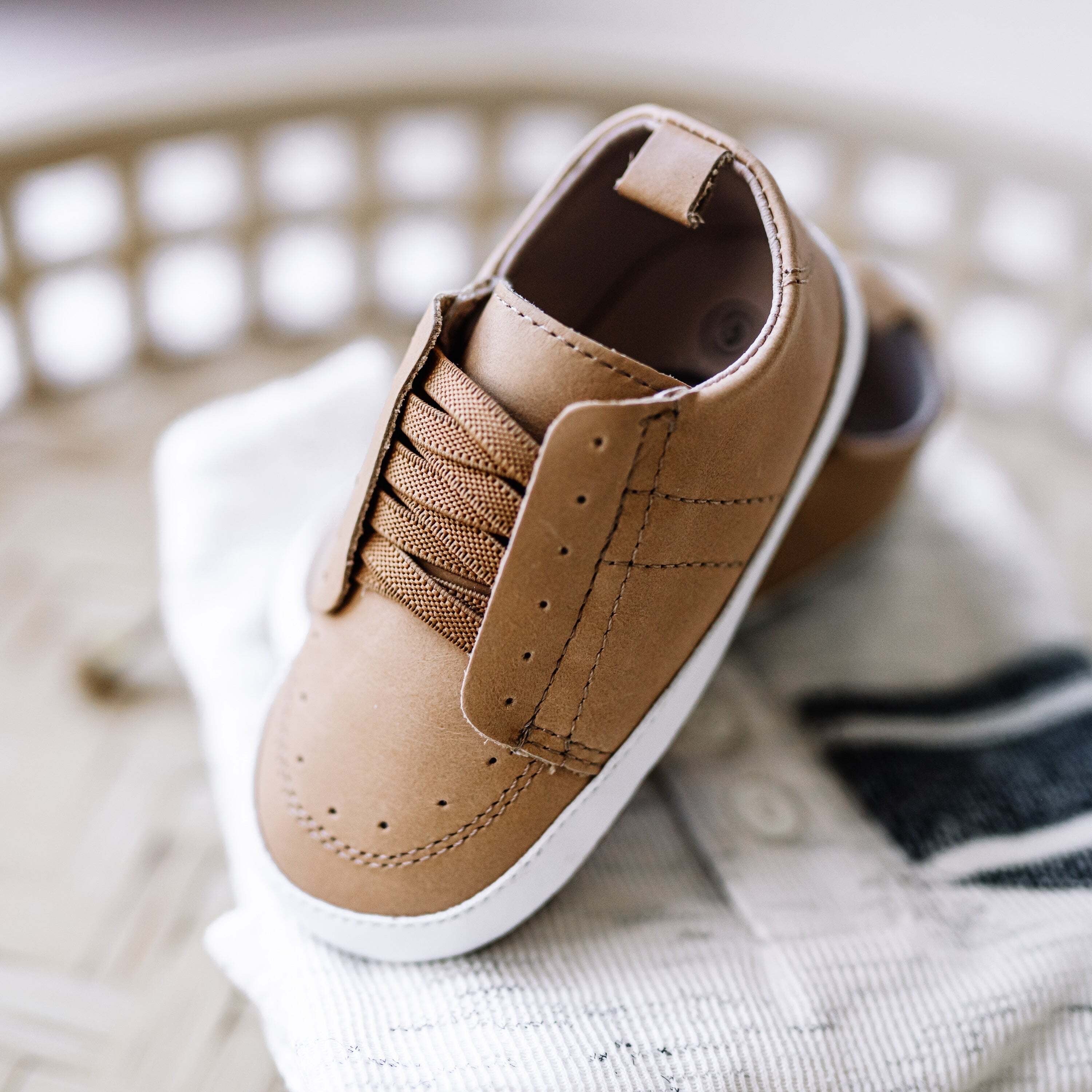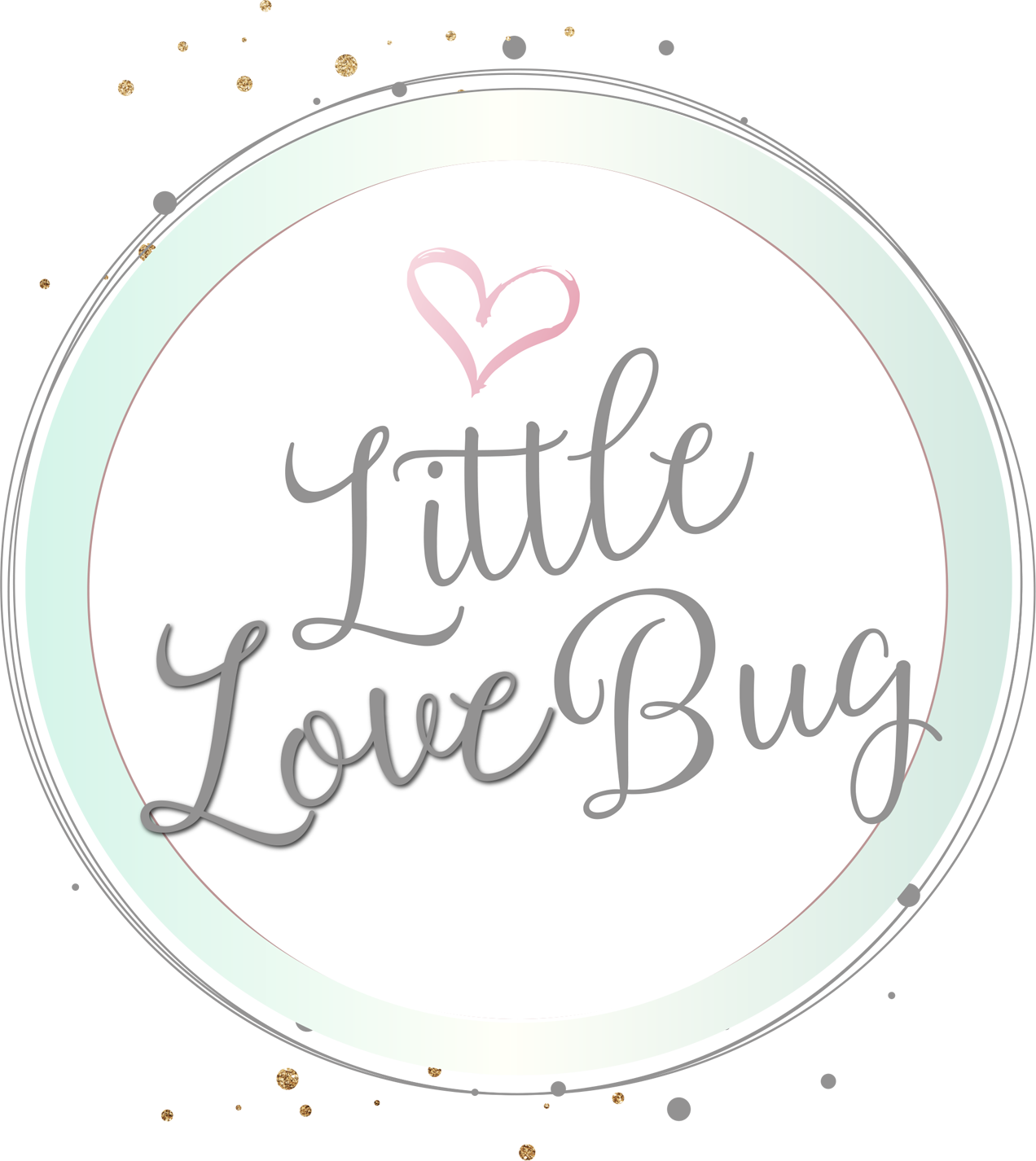Rid Your Baby of Diaper Rash in No Time
Diaper rash can be a frustrating problem for parents and their babies. If you're looking for a way to rid your baby of diaper rash in no time, you've come to the right place. This blog post will provide you with helpful tips and advice on how to quickly and effectively treat diaper rash and keep your baby comfortable. Read on to learn how to quickly rid your baby of diaper rash and get them back to their happy, healthy selves!
Causes of Diaper Rash
Diaper rash is a very common issue in babies, affecting up to 40% of them. It's caused by wetness, friction and irritation, which can lead to the skin becoming red, inflamed and irritated. It's important for moms to be aware of the causes of diaper rash so they can better prevent it.
The most common cause of diaper rash is when skin is exposed to a wet or dirty diaper for too long. The combination of moisture, bacteria, and enzymes in the stool can cause irritation and inflammation on the skin. Other factors that can contribute to diaper rash include: sensitive skin, chafing from tight-fitting diapers, changes in diet, sensitivity to wipes, detergents, or fabric softeners, allergies, skin infections, and yeast infections.
How to Treat Diaper Rash
If your baby has a diaper rash, there are steps you can take to help them feel better. The first step is to identify what type of diaper rash they have. There are three main types: irritant contact dermatitis, candidiasis, and seborrheic dermatitis. Once you’ve identified the type, you can start treating it.
For irritant contact dermatitis, the most common type, you should reduce the amount of time your baby spends in their wet or soiled diaper. This means changing diapers more frequently and using a soft cloth to gently clean their skin each time. For more severe cases, you may need to use a barrier cream such as zinc oxide or petroleum jelly.
Candidiasis (yeast infection) usually requires an antifungal cream such as clotrimazole or nystatin. These medications are available over-the-counter in both cream and ointment form. If you’re unsure about which one is best for your baby, speak to your doctor for advice.
Seborrheic dermatitis requires an anti-inflammatory cream such as hydrocortisone to reduce itching and inflammation. In some cases, your doctor may also prescribe an oral medication to treat the yeast infection.
Regardless of what type of diaper rash your baby has, it’s important to keep their skin clean and dry. After each diaper change, pat the area with a soft cloth or let it air dry before applying a barrier cream or ointment. You should also ensure that the diaper itself fits properly to prevent chafing and make sure that you’re using a gentle laundry detergent and avoiding fabric softeners when washing their clothes and linens.
When to See a Doctor
Diaper rash can usually be treated at home with proper care, but it’s important to know when to seek medical help. If you notice any of the following symptoms, call your pediatrician right away:
• Redness that covers more than the diaper area
• Blisters or sores that appear infected
• Red streaks on the skin
• Foul-smelling drainage from the rash
• Your baby’s discomfort or pain doesn’t improve after a few days of home treatment
• Your baby has a fever
• You’re concerned about the rash in any way
Your doctor may recommend over-the-counter medications such as a topical steroid, antifungal cream, or other ointment. In extreme cases, your doctor may prescribe antibiotics if there’s an infection present.
It’s also important to follow up with your doctor even after the diaper rash has cleared up. This will help make sure the rash doesn’t come back.
How to Prevent Diaper Rash
Diaper rash is a common problem that affects infants and toddlers, but it can be prevented. Here are some tips to help you keep your baby's bottom rash-free:
1. Change diapers often. Diaper rashes occur when urine and feces are left in contact with the skin too long, so changing the diaper as soon as it is soiled will help prevent a rash from developing.
2. Clean the skin carefully. Use warm water and a soft cloth or unscented baby wipes to clean the skin and remove any stool or urine. Pat dry gently and don't rub.
3. Let skin air dry. If possible, leave your baby's bottom uncovered for short periods of time to allow the skin to air out. This will help prevent moisture from being trapped against the skin.
4. Use a barrier cream or ointment. A barrier cream or ointment such as petroleum jelly or zinc oxide can help create a protective layer between the skin and stool or urine, which can help prevent rashes from developing.
5. Choose cotton clothing. Synthetic materials like polyester can trap moisture against the skin and cause irritation, so choose natural fibers like cotton for clothes and bedding.
By following these simple steps, you can help keep your baby's bottom healthy and rash-free.
Diaper rash happens!
Diaper rash is a very common skin irritation that can affect any baby at any age. It usually appears as a red and inflamed area on the baby’s bottom and can be quite uncomfortable for your little one. Though it can be unpleasant and difficult to manage, diaper rash is usually mild and goes away with proper care. It’s important to remember that diaper rash is normal and can happen to any baby — it’s not a sign of bad parenting!
In order to treat and prevent diaper rash, it’s important to know what causes it in the first place. Diaper rash can occur when your baby’s skin is in contact with a wet or soiled diaper for too long. This can cause skin inflammation or sensitivity and lead to a rash. Other common causes of diaper rash are allergies, irritation from new diapers, an infection, or even something in your baby’s diet.
The good news is that there are many ways to treat diaper rash. Cleaning the area with warm water and mild soap will help remove any irritants from the skin, and it’s also a good idea to keep your baby’s skin as dry as possible by changing their diaper often. Applying a protective barrier like petroleum jelly or zinc oxide cream can also help keep the area free from irritation. If your baby’s diaper rash does not go away after a few days of treatment, it may be time to see your doctor for a more thorough evaluation.
Finally, you can prevent diaper rash in the first place by changing your baby’s diaper frequently and keeping their bottom clean and dry. You can also try switching to another type of diaper or detergent if you think your baby might be having an allergic reaction.
Diaper rash is a common occurrence that most babies will experience at some point in their lives. With proper care and attention, you can help rid your little one of diaper rash in no time!
Diaper rash can be a frustrating problem for parents and their babies. If you're looking for a way to rid your baby of diaper rash in no time, you've come to the right place. This blog post will provide you with helpful tips and advice on how to quickly and effectively treat diaper rash and keep your baby comfortable. Read on to learn how to quickly rid your baby of diaper rash and get them back to their happy, healthy selves!
Causes of Diaper Rash
Diaper rash is a very common issue in babies, affecting up to 40% of them. It's caused by wetness, friction and irritation, which can lead to the skin becoming red, inflamed and irritated. It's important for moms to be aware of the causes of diaper rash so they can better prevent it.
The most common cause of diaper rash is when skin is exposed to a wet or dirty diaper for too long. The combination of moisture, bacteria, and enzymes in the stool can cause irritation and inflammation on the skin. Other factors that can contribute to diaper rash include: sensitive skin, chafing from tight-fitting diapers, changes in diet, sensitivity to wipes, detergents, or fabric softeners, allergies, skin infections, and yeast infections.
How to Treat Diaper Rash
If your baby has a diaper rash, there are steps you can take to help them feel better. The first step is to identify what type of diaper rash they have. There are three main types: irritant contact dermatitis, candidiasis, and seborrheic dermatitis. Once you’ve identified the type, you can start treating it.
For irritant contact dermatitis, the most common type, you should reduce the amount of time your baby spends in their wet or soiled diaper. This means changing diapers more frequently and using a soft cloth to gently clean their skin each time. For more severe cases, you may need to use a barrier cream such as zinc oxide or petroleum jelly.
Candidiasis (yeast infection) usually requires an antifungal cream such as clotrimazole or nystatin. These medications are available over-the-counter in both cream and ointment form. If you’re unsure about which one is best for your baby, speak to your doctor for advice.
Seborrheic dermatitis requires an anti-inflammatory cream such as hydrocortisone to reduce itching and inflammation. In some cases, your doctor may also prescribe an oral medication to treat the yeast infection.
Regardless of what type of diaper rash your baby has, it’s important to keep their skin clean and dry. After each diaper change, pat the area with a soft cloth or let it air dry before applying a barrier cream or ointment. You should also ensure that the diaper itself fits properly to prevent chafing and make sure that you’re using a gentle laundry detergent and avoiding fabric softeners when washing their clothes and linens.
When to See a Doctor
Diaper rash can usually be treated at home with proper care, but it’s important to know when to seek medical help. If you notice any of the following symptoms, call your pediatrician right away:
• Redness that covers more than the diaper area
• Blisters or sores that appear infected
• Red streaks on the skin
• Foul-smelling drainage from the rash
• Your baby’s discomfort or pain doesn’t improve after a few days of home treatment
• Your baby has a fever
• You’re concerned about the rash in any way
Your doctor may recommend over-the-counter medications such as a topical steroid, antifungal cream, or other ointment. In extreme cases, your doctor may prescribe antibiotics if there’s an infection present.
It’s also important to follow up with your doctor even after the diaper rash has cleared up. This will help make sure the rash doesn’t come back.
How to Prevent Diaper Rash
Diaper rash is a common problem that affects infants and toddlers, but it can be prevented. Here are some tips to help you keep your baby's bottom rash-free:
1. Change diapers often. Diaper rashes occur when urine and feces are left in contact with the skin too long, so changing the diaper as soon as it is soiled will help prevent a rash from developing.
2. Clean the skin carefully. Use warm water and a soft cloth or unscented baby wipes to clean the skin and remove any stool or urine. Pat dry gently and don't rub.
3. Let skin air dry. If possible, leave your baby's bottom uncovered for short periods of time to allow the skin to air out. This will help prevent moisture from being trapped against the skin.
4. Use a barrier cream or ointment. A barrier cream or ointment such as petroleum jelly or zinc oxide can help create a protective layer between the skin and stool or urine, which can help prevent rashes from developing.
5. Choose cotton clothing. Synthetic materials like polyester can trap moisture against the skin and cause irritation, so choose natural fibers like cotton for clothes and bedding.
By following these simple steps, you can help keep your baby's bottom healthy and rash-free.
Diaper rash happens!
Diaper rash is a very common skin irritation that can affect any baby at any age. It usually appears as a red and inflamed area on the baby’s bottom and can be quite uncomfortable for your little one. Though it can be unpleasant and difficult to manage, diaper rash is usually mild and goes away with proper care. It’s important to remember that diaper rash is normal and can happen to any baby — it’s not a sign of bad parenting!
In order to treat and prevent diaper rash, it’s important to know what causes it in the first place. Diaper rash can occur when your baby’s skin is in contact with a wet or soiled diaper for too long. This can cause skin inflammation or sensitivity and lead to a rash. Other common causes of diaper rash are allergies, irritation from new diapers, an infection, or even something in your baby’s diet.
The good news is that there are many ways to treat diaper rash. Cleaning the area with warm water and mild soap will help remove any irritants from the skin, and it’s also a good idea to keep your baby’s skin as dry as possible by changing their diaper often. Applying a protective barrier like petroleum jelly or zinc oxide cream can also help keep the area free from irritation. If your baby’s diaper rash does not go away after a few days of treatment, it may be time to see your doctor for a more thorough evaluation.
Finally, you can prevent diaper rash in the first place by changing your baby’s diaper frequently and keeping their bottom clean and dry. You can also try switching to another type of diaper or detergent if you think your baby might be having an allergic reaction.
Diaper rash is a common occurrence that most babies will experience at some point in their lives. With proper care and attention, you can help rid your little one of diaper rash in no time!


